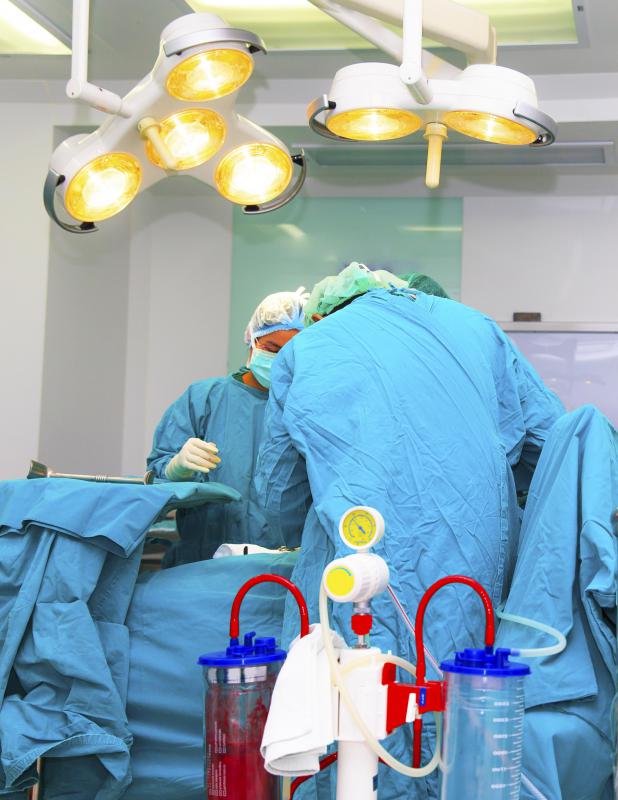At WiseGEEK, we're committed to delivering accurate, trustworthy information. Our expert-authored content is rigorously fact-checked and sourced from credible authorities. Discover how we uphold the highest standards in providing you with reliable knowledge.
What Is a Cold Mirror?
A cold mirror is a dielectric glass filter that is used to remove heat content from light that hits the surface. It transmits infrared light and can also reflect non-infrared light spectral bands, helping to eliminate heat that is unwanted or that can damage equipment. Devices that include a cold mirror dichroic filter include film and photography equipment, various types of illumination systems, surgical lighting, dental office lights, projectors, and photocopiers.
Commercial and precision cold mirrors are common grades produced by manufacturers. They are commonly used with fiber optics because ultraviolet and infrared light can damage a fiber optical wire or other equipment used in association with it. Heat is also drawn away from wires and equipment that might be extremely sensitive to temperature variations. The potentially harmful light is captured by the cold mirror and reflected away from anything that can be negatively affected by light radiation at certain wavelengths.

A cold mirror is available in various forms and can be designed by manufacturers to accommodate individual applications specified by customers. Different angled mirrors can be ordered. A cold dielectric mirror is often designed with an operating angle of 45° and is capable of reflecting more than 95% of light while transmitting 85% or more of the infrared heat that it is exposed to. Manufacturers will often allow customers to directly order cold mirrors with custom angles that suit their requirements.

It is possible to order a cold mirror that can reflect most of the ultraviolet light that hits it while transmitting as much as 90% of visible and other light radiation. Cold dielectric mirrors are also available as coatings that can tolerate extreme environmental conditions, in contrast to metallic coatings which are adversely affected by wide temperature variations and moisture. Combining different mirrors can increase reflecting capacity and allow use of a new light filtering system at different bandwidths than each product by itself is specified for.
A cold mirror can feature a durable design that is able to tolerate humidity as well as exposure to abrasive materials. Mirrors as strong as ones specified to military standards are available. Any specifications should be outlined by the manufacturer on a specifications sheet or on the company website. Knowing the requirements of the application and the capabilities of each mirror is important to obtain a cold mirror that performs exactly as it should when operating.
AS FEATURED ON:
AS FEATURED ON:












Discuss this Article
Post your comments